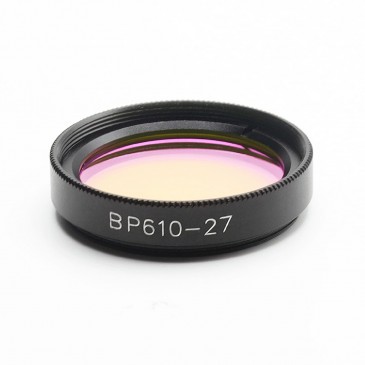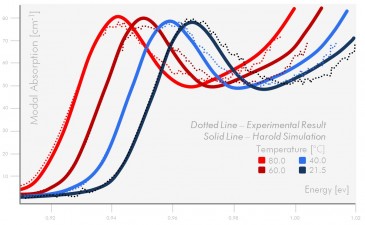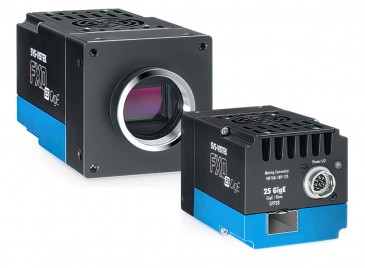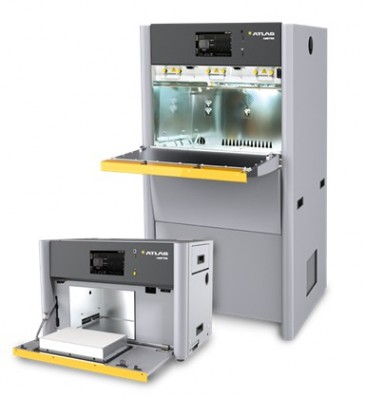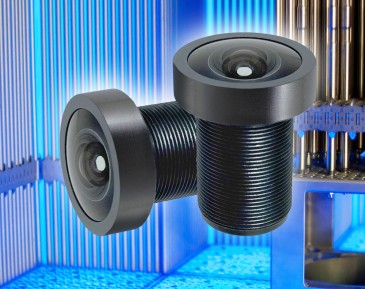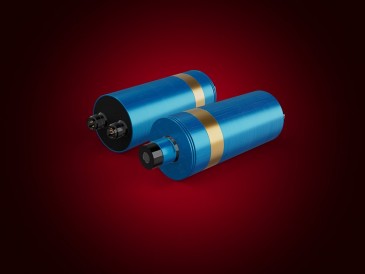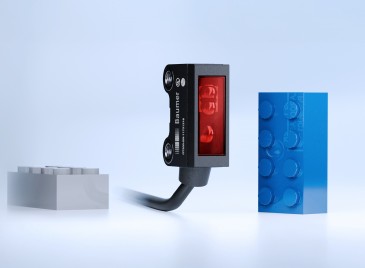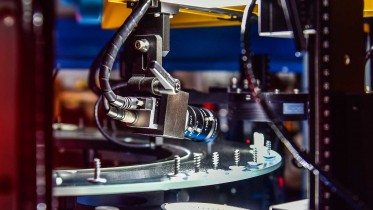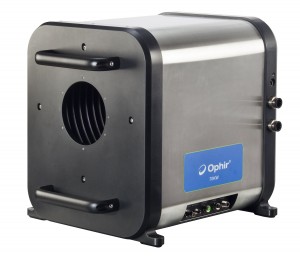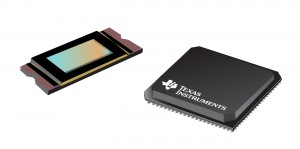
Today at Pittcon 2014 in Chicago, Illinois (US), Texas Instruments (TI) DLP Products announced the first DLP device optimized for use with near infrared (NIR) light, and corresponding evaluation module (EVM).
Together, the DLP4500NIR and the DLP NIRscan EVM represent the expansion of TI’s MEMS technology into the worlds of transmittance and reflective spectroscopy and other markets.
"Our focus has been to take strength of DLP and leverage it into new and more diverse applications. We're releasing the next chipset in our portfolio, making it available to the broad market," said Mariquita Gordon, Business Manager of TI DLP’s Embedded group.
What is significant is that you can now pick the wavelength to be measured.
With DLP technology, spectrometers for use in the food, pharmaceutical, oil and gas, and emerging industries will be able to deliver lab-quality performance out in the field and on the manufacturing line. By providing near-IR, Mariquita Gordon said that a lot of opportunities open up in new areas. For example, taking a mobile solution in to the field or for inline manufacturing processes. What is significant is that the user can now pick the wavelength to be measured, which "creates an incredibly flexible chip," Gordon noted.
DLP4500NIR device
There are approximately one million digitally programmable micromirrors at the heart of DLP technology, which is what TI says sets the new DLP4500NIR device apart from other components and solutions currently available for NIR spectroscopy. The DLP4500NIR combined with a single-element detector enables engineers to replace expensive linear detector arrays to create high-performance spectrometer designs, while reducing the typical bill of materials.
The DLP technology architecture enables improved signal-to-noise ratios (SNRs) greater than 30,000:1 over a set measurement period for faster, more accurate results compared to spectrometers using traditional solutions.
Each of the micromirrors on the DLP4500NIR can be controlled to produce set patterns, and users can further refine spectral resolution and wavelength ranges, adjust integration time, and equalize light throughput. This results in the ability to use adaptive scanning techniques to optimize material analysis for a broader range of substances.
The DLP4500NIR can also be used in other applications, including single-pixel cameras, laser marking and microscopy.
DLP NIRscan evaluation module
The DLP NIRscan EVM is offered as the first spectroscopy development platform based on DLP technology, DLP NIRscan includes numerous interfaces. Featuring a DLP4500NIR device paired to a DLPC350 digital controller, DLP NIRscan also uses a single-element extended InGaAs detector matched with a transmission sampling module and halogen lamp.
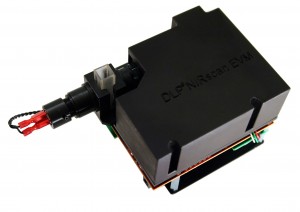
For processing power, DLP NIRscan features TI’s Sitara AM3358 ARM Cortex - A8 Processor (AM3358), and a 24-bit, 30-kSPS delta-sigma analog-to-digital converter (ADC) (ADS1255). The built-in Ethernet port and two USB ports offer both wired and wireless connectivity options for interfacing with a computer. (The connectors are sold separately.)
It comes with a pre-loaded Linux operating system and integrated web server, based on the BeagleBone Black architecture,enabling a simple setup, TI reports. By connecting to the NIRscan to a computer via USB, designers can open up a web browser. The web-driven interface enables remote connectivity for deployed systems through different devices, including smartphones or tablets. Users can also access support and tools from the BeagleBoard.org open source community.
The DLP4500NIR device with the DLPC350 controller is available now. The DLP NIRscan, built by Texas (US)-based Keynote Photonics, will be available for purchase in April 2014, with a suggested retail price of US $8499. The complete collection of available DLP chipsets and development platforms will also be on display at Pittcon in Chicago (booth 515), 3 to 6 March, 2014.






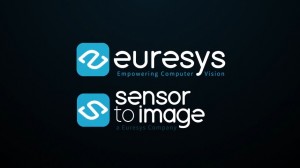
















 Back to Products
Back to Products